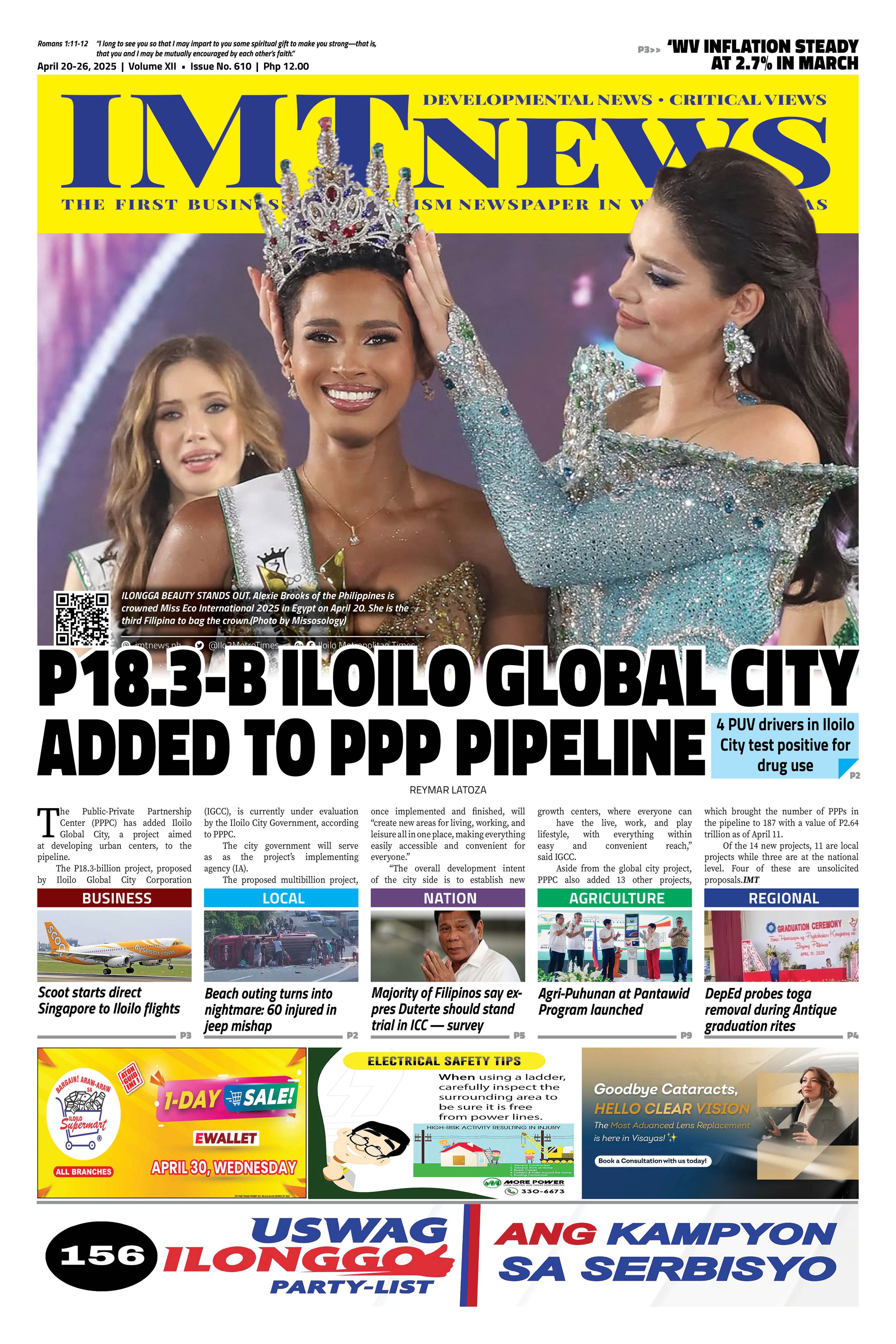Hotels are seeing 2022 as a “good recovery” year after observing a rise in the confidence level to travel among Filipinos.
“[E]ven if we continue to stay at alert level two, 2022 should really be a good recovery year, not quite the pre-pandemic days but definitely much much better than 2021,” Philippine Hotel Owners Association, Inc. (PHOA) board of director and vice president for SM Hotels and Conventions Corporation Ma. Luisa Angeles said in a recent presser.
Recovery to pre-pandemic levels, however, could still take about three to four years or at least until after global air traffic returns to 2019 levels, according to PHOA President Arthur Lopez.
“[I]f the airlines will not fly, there would be no recovery and (there was a time) that IATA already said 2024 is only the start or the beginning. In other words, it has to peak for maybe one or two years,” he said.
“There will be a boom in travel because everybody wants to travel and those who want to travel have a lot of money they can spend but I think we have to be realistic so I told our hotels at that time that for their business plans, 2024 should only be (written) as the start of recovery not recovered yet,” he stressed.
PHOA Vice President for Internal Affairs Al Legaspi agreed that hotels may have to refocus their marketing plans given the current situation.
“Business travel may not pick up that fast but eventually it will because companies and corporations overseas will eventually have to come here,” he said.
“Hotels just have to redirect their marketing efforts and capture leisure as well the MICE (meetings, incentives, conferences and exhibitions). The mice market is also a very strong potential market for us,” he added.
Offering a quick assessment of the hotel industry in 2021, PHOA Executive Director and former Tourism Undersecretary Benito Bengzon, Jr. said the relaxation of guidelines for interzonal travel as well as Metro Manila’s de-escalation from Alert Level 3 to 2 have helped increase the occupancy of hotels.
But in terms of revenue, 2020 is relatively better than 2021 because inbound tourists were still able to enter the country from January until the March lockdown while in 2021, borders are virtually close throughout the year.
“When people say 2020 is better than 2021, they’re coming from that perspective na may revenue na pumasok,” he said in a separate interview.
Based on the latest data from the Department of Tourism)ĺllll foreign visitor spending from January to August 2021 generated at least PHP4.41 billion, much lower than the receipts recorded in the same period last year at PHP79.80 billion.
“Hindi mo mahahabol, tingin ko hindi mo mahahabol ‘yong headcount ng 2020 dahil sarado ka pa rin the whole 2021 and ang visa category mo for leisure hindi pa rin allowed (I don’t think you can catch up to the headcount in 2020 because the country is still close the whole 2021 and the visa category for leisure is still not allowed),” Bengzon said.
The country was supposed to open its borders to foreign leisure travelers last December 1, which would have been a first since the pandemic started, but the plan was halted following the emergence of the Omicron variant.
In the event of a surge due to the Omicron variant, Bengzon, for his part, said PHOA would remain committed to ensuring the “safe and convenient” stay of its guests.
“We can say that we are more prepared than maybe most other businesses,” he said.
Bengzon said the group had also formed a technical working group that will submit recommendations on ways to make the hotel rating system globally competitive, which will then be presented to the Department of Tourism for consideration.
PHOA represents a total of 308 hotels and resorts across the Philippines, 47 percent of which are located in Metro Manila.PNA








